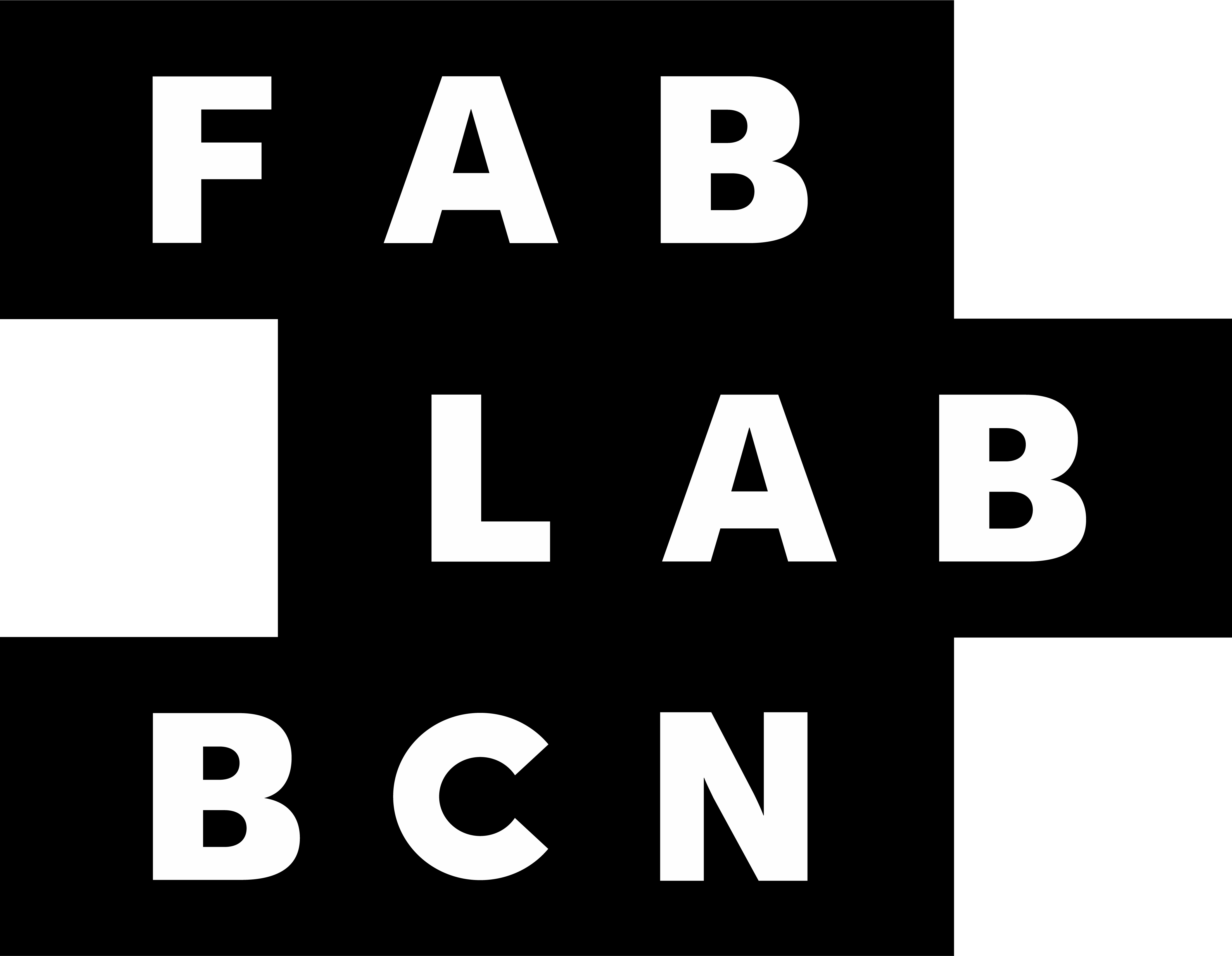
To date, quantifying the amount of carbon or energy embodied in an architectural project has been a complex procedure. This was by necessity, as obtaining accurate figures requires thorough tracing of each constituent component through every transformation from raw material to finished product throughout its entire respective life cycle. So-called life-cycle analysis/assessment (LCA) methodologies are critical tools in the effort to mitigate global climate-change and environmental degradation, and therefore must be conducted with the appropriate degree of scientific rigor. Unfortunately, the inability to quickly and easily understand, in empirical terms, the effect formal and material choices architects and designers make during the process of design development negates the possibility of using such valuable information as feedback to iteratively inform the evolution of the project, thereby optimizing the amount of carbon or energy invested in its ultimate realization. Furthermore, when such studies are completed, the associated documentation is often so dense that, rather than enabling rational decision making, the reports tend to paralyze stakeholders with information overload, or worse, be used to justify un-ecological choices via misinterpretation or misrepresentation of the data.

Fortunately, the vast majority of components integrated in architectural projects are not conceived entirely from scratch with each new commission, but rather drawn from established supply chains. At present, enough LCA studies have been completed for common architectural products and components that it has become possible for researchers to compile richly detailed databases, notably the Inventory of Carbon & Energy (ICE), which is available for free download from the Circular Ecology* website. Synthesizing an extensive library of past LCA studies, the ICE database provides designers and analysts with coefficients clearly communicating the amount of carbon or energy embodied in a wide variety of building products per unit of product mass.
In collaboration with the eminent data visualization company Bestiario, the Valldaura Labs team has leveraged the ICE database (among other related resources) to provide designers and architects with a last-mile solution for using embodied carbon and energy information as an efficiently comprehensible point of feedback for iteratively tuning the ecological performance of design proposals. Summarily, an interactive, user-friendly interface diagramming the proportional amount of carbon or energy embodied in the various components of a building, as well as the relationship between embodied carbon or energy and the source/destination locations of various building components, links to a 3D digital model of the proposed building in order to calculate the volume of its assorted materials and assemblies. Numerous softwares already exist for tuning the energetic efficiency of buildings in operation, but this new application signifies a revolutionary step in empowering architects and designers, for the first time, to refine and corroborate their decisions in order to optimize the amount of carbon or energy invested in the construction of a proposed building. Considering that, for buildings to be constructed between the present day and 2050, the proportion of operational to embodied energy is projected to be 50:50*, providing tools to tackle this half of the equation is a fundamental aspect of the campaign to secure an environmentally stable future.
*Notes:
https://circularecology.com/embodied-carbon-footprint-database.html
https://architecture2030.org/new-buildings-embodied/
Year Completed: 2020
Duration: 6 months
Directors: Vicente Guallart, Daniel Ibañez
Technical Coordinator: Michael Salka
Green Fab Lab Manager: Jordi Prat
Partner Organizations: Bestiario
Website: http://projects.bestiario.org/prototype/iaac/quarantine-cabin/#/




